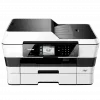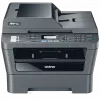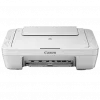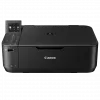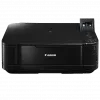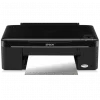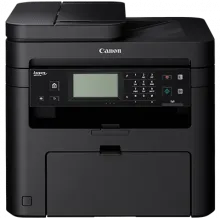
In computing, a printer is a peripheral which makes a representation of an electronic document on physical media. Individual printers are designed to support local and network users at the same time. Some printers can print documents stored on memory cards or from digital cameras and scanners.
